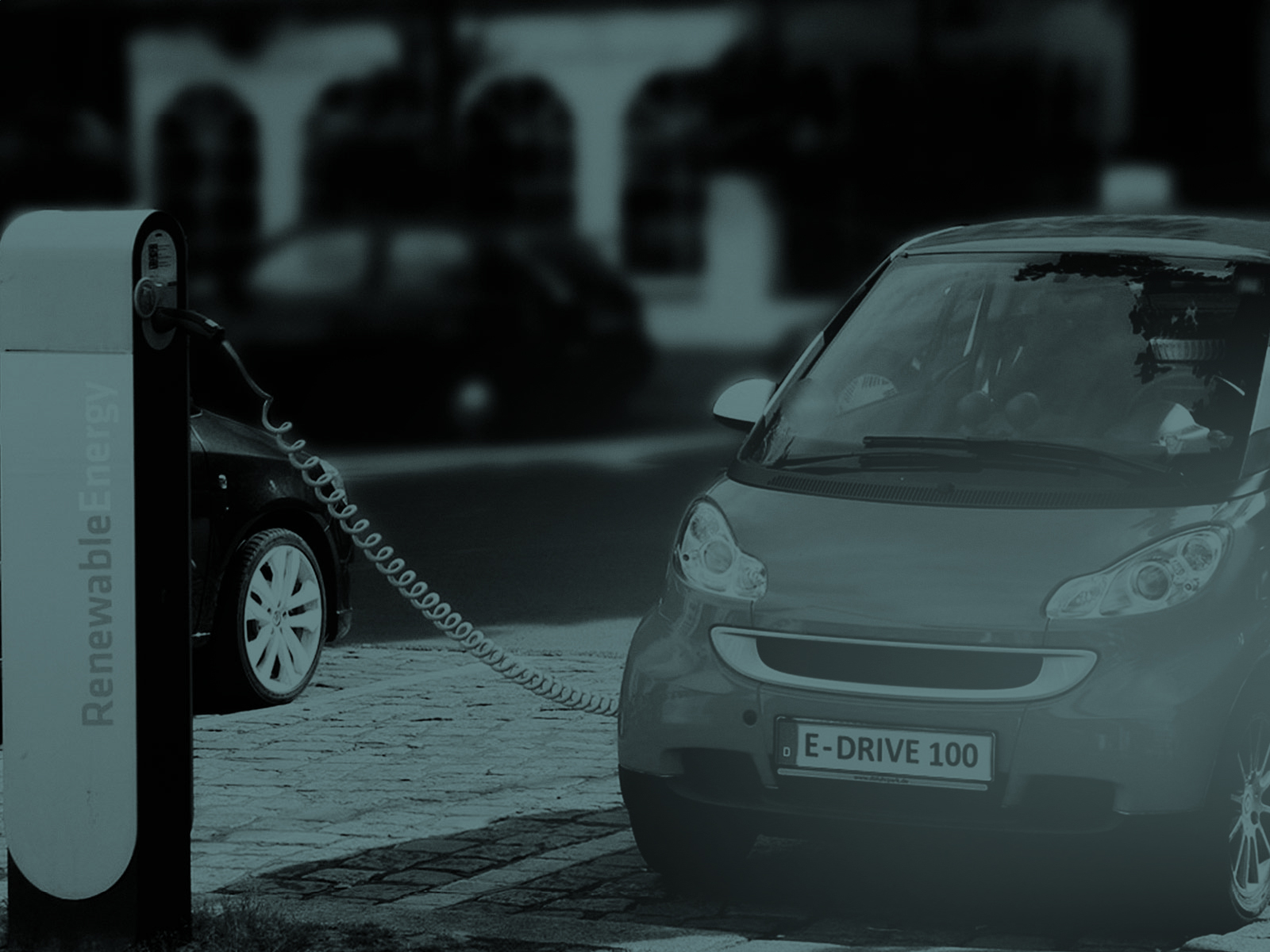Whilst this could present a threat, it equally presents a huge opportunity for those who can unravel the complexities of how we use energy and how usage patterns can be influenced to deliver real and lasting behaviour change. Truly embedding this change will also be reliant on support from policymakers who can develop innovative behavioural energy efficiency programmes that reduce consumer energy use through cost-effective measures.
Thankfully, it seems the wheels are already in motion. In October 2012, the European Union (EU) established the European Energy Efficiency Directive to respond to this challenge. Through a common framework of measures, the Directive aims to remove barriers in the energy market and promote efficiency in the use and supply of energy, to achieve a headline target of reducing energy use by 20% by 2020.
One of the measures that the Directive will specifically promote is the empowerment of consumers to better manage their energy consumption. In the US, there are several examples of successful programmes that are already being implemented. Twenty-six states have set Energy Efficiency Resource Standards (EERS) to deliver efficiency savings of between 10 and 20% by 2020. Over 90% of US states with these standards are currently meeting or exceeding them.
Historically, utilities have favoured cost-effective programmes with low barriers to customer participation, such as subsidies for compact fluorescent lighting (CFLs). However, as the energy efficient lighting standards are raised in the US, the effectiveness of CFLs on reducing overall consumption decreases. As a result, behavioural energy efficiency programmes have become a compelling option. Taking advantage of the increased data collected through smart meters, utilities can detect patterns in use and opportunities for customers to save energy and money through simple changes to their behaviour.
Characteristics from the successful programmes include measureable and predictable savings for customers, cost-effectiveness, sustained impact and overall customer satisfaction. What the example from the US has shown is that as utilities engage their customers with more information about their energy use and potential savings in a timely manner, their participation and satisfaction increase, resulting in higher energy savings.
Taking these as key learnings, it would be advantageous for European counterparts to begin testing and explore the potential of behavioural energy efficiency programmes. While cleaner generation supply will be a key element in the world’s ability to meet the growing demand before us, the lesson is that the most environmentally-friendly and cost-effective kilowatt is the one not used.
This post is part of a series for the Global Energy Conversation, supported by Shell. For more information, visit the Global Energy Conversation website.
The views and opinions expressed in this article are those of the authors and do not necessarily reflect the views of The Economist Intelligence Unit Limited (EIU) or any other member of The Economist Group. The Economist Group (including the EIU) cannot accept any responsibility or liability for reliance by any person on this article or any of the information, opinions or conclusions set out in the article.




